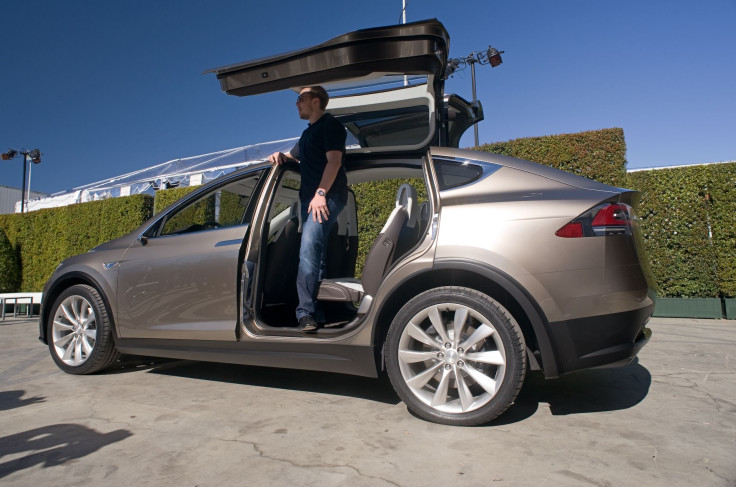Tesla Founder Elon Musk Dismisses George Hotz Homemade Self-Driving Car Technology

Elon Musk is not impressed. The founder of Tesla Motors dismissed the claims of a former hacker who says he built a homebrew self-driving car in the space of a month with off-the-shelf components for a fraction of the cost of a Tesla, not to mention cars from Ford, BMW or General Motors.
"We think it is extremely unlikely that a single person, or even a small company, that lacks extensive engineering validation capability will be able to produce an autonomous driving system that can be deployed to production vehicles," said a blog post on Tesla's website, which Musk linked to on Twitter.
Vance article on self-driving cars was inaccurate https://t.co/AV636KAcKH
— Elon Musk (@elonmusk) December 17, 2015On Wednesday an in-depth report on Bloomberg detailed the work of George Hotz, the now 26-year-old who, as a teenager, gained notoriety as the first person to hack the original iPhone to work on networks other than AT&T. Hotz claims to have bought a 2016 Acura ILX and in the space of a month retrofitted it with components including smartphone camera modules, a laser-based radar (LIDAR) system sensor, a computer and joystick controls to turn it into a self-driving car.
To demonstrate the car's ability to drive itself, Hotz and Bloomberg reporter Ashlee Vance took the car onto a highway near San Francisco, where it controlled itself while traveling at 65 miles per hour. Hotz claims the technology he has developed, which includes the learning software that allows the car to be trained, could be sold for as little as $1,000, undercutting MobilEye, the Israeli company that leads the market in driver-assist technology.
Musk went on to say that while getting artificial intelligence systems to accurately identify something most of the time is good, it's not good enough.
"Getting a machine learning system to be 99 percent correct is relatively easy, but getting it to be 99.9999 percent correct, which is where it ultimately needs to be, is vastly more difficult," he said. "One can see this with the annual machine vision competitions, where the computer will properly identify something as a dog more than 99 percent of the time but might occasionally call it a potted plant. Making such mistakes at 70 mph would be highly problematic."
Musk also clarifies a claim in the article that Tesla simply bought a MobilEye product and rebranded it as Autopilot. "We should also clarify that Tesla’s autopilot system was designed and developed in-house. Were this simply a matter of repackaging a vendor’s technology, as claimed in the article, we would not be unique in offering this groundbreaking experience in production vehicles."
Hotz, who shot to fame for hacking the iPhone and subsequently reverse-engineering the PlayStation 3, has worked briefly at Google and Facebook but more recently has been focusing his attention on artificial intelligence. He studied AI at Carnegie Mellon University -- where he says he learned everything there is to know about AI -- and took a job with Vicarious, an up-and-coming company in the field.
While the dismissal by Musk may be seen as a old hand exerting his power over a young pretender, there's a little more to the story.
Hotz told Vance that having met Musk in July, the two struck up a conversation about Hotz coming to work for Tesla and proving that he could beat MobilEye's system, with the promise of a multimillion-dollar bonus. Hotz, however, got cold feet when he felt Musk was moving the goalposts too much and said he would "ping" Musk once he had "crushed MobilEye."
While Hotz has no concrete timeline for when any potential product would come to market, his next step will be to publish a video showing his system outperforming a Tesla S using MobileEye's technology while crossing the Golden Gate Bridge -- something he has heard Tesla's cars have trouble with, due to poor lane markings. This will happen in about five months time, Hotz says, when he plans to have a "world-class autonomous vehicle."
© Copyright IBTimes 2025. All rights reserved.




















